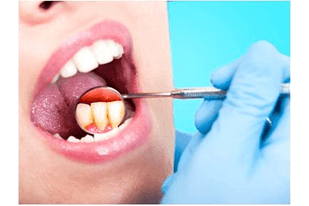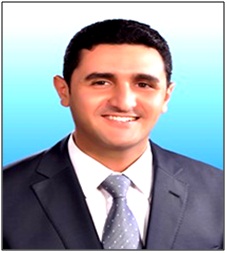ASSOCIATION BETWEEN THE STREPTOCOCCUS MUTANS BIOFILM FORMATION AND DENTAL CARIES EXPERIENCE AND ANTIBIOTICS RESISTANCE IN ADULT FEMALES
Keywords:
Adult females, antibiotic resistance, biofilm formation, dental caries, oral cavity, saliva, Streptococcus mutansAbstract
Objectives: The aim of this study was to consider the potential association between the formation of salivary streptococcus biofilms and the incidence of caries, as well as with the occurrence of antibiotic resistance among adult mothers in Sana'a, Yemen.
Study design: A total of 261; 25-35 year old females were chosen. Clinical examination of females were performed to estimate dental caries experience with the Silness-Loe index, as well as stimulated saliva were collected to assess biofilm production by the phenotypic method i.e. Tissue culture palate methods (TCPM). Finally, antibiogram susceptibility pattern of isolated S. mutans was done by Kirby-Bauer disc diffusion method for 6 β-Lactam antibiotics (ampicillin, penicillin, amoxicillin, cefotaxime, methicillin and cefazolin) and 4 non β-Lactam antibiotics (clindamycin, erythromycin, lincomycin and vancomycin).
Results: When isolated S. mutans were exposed to biofilm detection by TCP method, 31 (12.2%) showed high biofilm formation capacity, 46 (18%) showed moderate biofilm formation capacity, while 184 (72.2%) showed non / weak formation capacity of biofilm. The overall rate of biofilm formation was 30.2%. There was an escalation in the rate of formation of S. mutans biofilms with an increased degree of caries index. The S. mutans biofilms positve showed a higher rate of resistance than non/weak biofilm formation e.g ampicillin (28.6% versus 12.9%, p = 0.002), amoxicillin (77.9% versus 18%, p <0.0001), and penicillin (79.2 % versus 23%, <0.0001) etc.
Conclusion: The present study proved that S. mutans is still the major bacteria isolate from the oral cavity, but few persons might not have significant number of S. mutans in oral cavity. The S. mutans biofilm - producers were more able to cause dental caries compared to the S. mutans biofilm-non-producers. Drug resistant factor in the S. mutans isolates was found to be associated with S. mutans biofilm formation.

Peer Review History:
Received 10 October 2020; Revised 14 November; Accepted 22 December; Available online 15 January 2021
Academic Editor: Dr. Asia Selman Abdullah , Al-Razi university, Department of Pharmacy, Yemen, asia_abdullah65@yahoo.com
, Al-Razi university, Department of Pharmacy, Yemen, asia_abdullah65@yahoo.com
Reviewer(s) detail:
Dr. Alfonso Alexander Aguileral , University of Veracruz, Mexico, aalexander_2000@yahoo.com
, University of Veracruz, Mexico, aalexander_2000@yahoo.com
Dr. George Zhu , Tehran University of Medical Sciences, Tehran, Iran, sansan4240732@163.com
, Tehran University of Medical Sciences, Tehran, Iran, sansan4240732@163.com
Downloads

Published
How to Cite
Issue
Section

This work is licensed under a Creative Commons Attribution-NonCommercial 4.0 International License.









 .
.